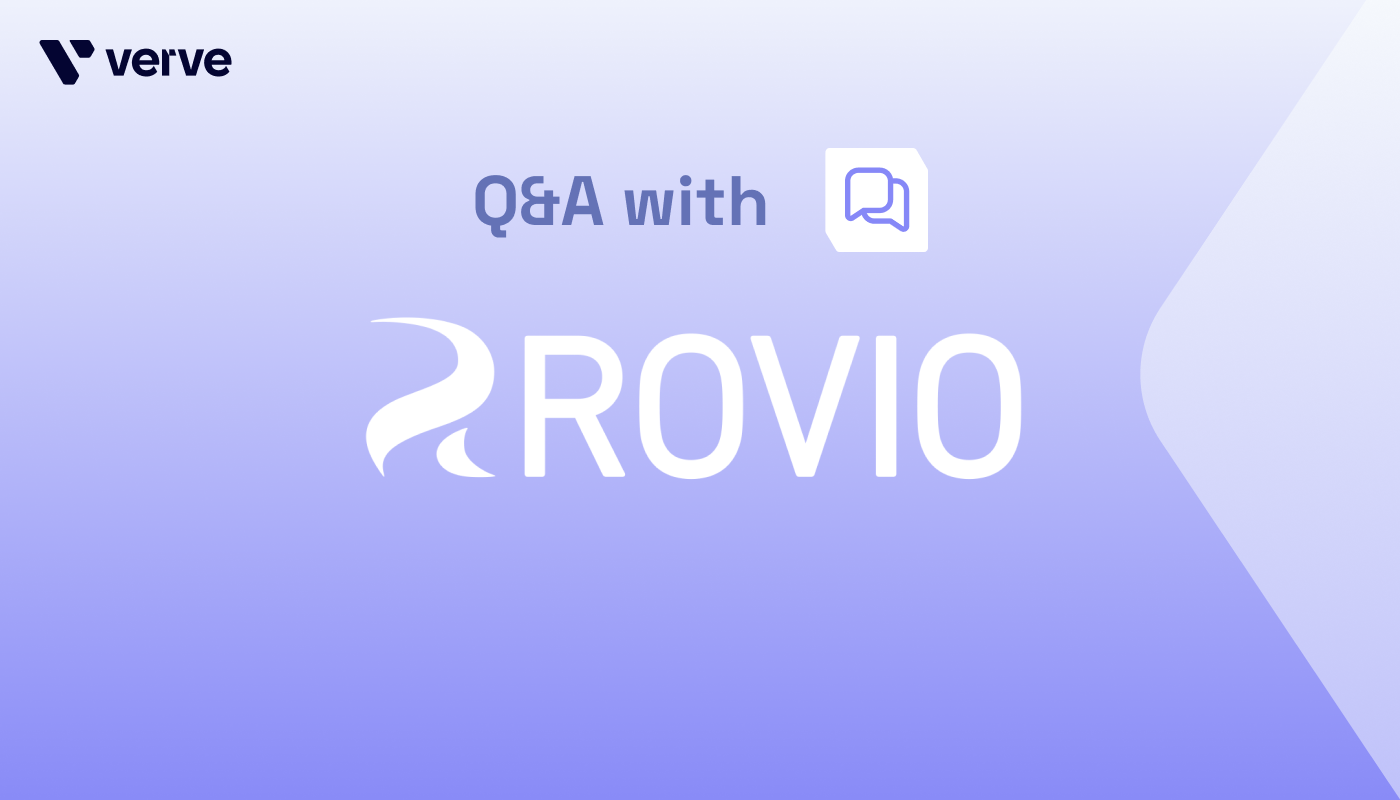Update as of Feb 8, 2021: Apple’s AppTrackingTransparency (ATT) framework is expected to go live and be enforced in the upcoming public release of iOS 14 in March.
The iOS 14 update is a progressive step the industry needs to take toward protecting the information of consumers. Our advocacy at Verve for more privacy-centered advertising is prominent. We’re members of the Prebid Mobile Committee, are taking part in IAB initiatives, and have built our own consent management platform (CMP) that publishers can leverage.
Contextual targeting: an alternative to IDFA
Contextual audiences are built on the type of media or subject matter that a user digitally consumes at that moment, based on context and not the user’s identity. Looking at the web, contextual audiences are created there based on the content of the website and have been present on this platform for a while now. However, since content does not exist to such an extent in many mobile apps as it does on websites, targeting on mobile can be based on contextual parameters such as keywords, app category or location. See examples of contextual parameters in our audience builder SDK here. With this method of creating audiences, there is no need for user identity like the IDFA and hence, privacy prevails.
Considering this is uncharted territory for the entire mobile advertising industry, we are very much looking forward to developing and contributing privacy-centered and future-oriented practices that improve the advertising ecosystem. Let’s go through what brands need to know about how different targeting approaches can be applied to app verticals to serve ads to users when they are not reliant on Apple’s IDFA.
Contextual targeting in entertainment and utility apps
Contextual targeting matches advertisements to the content that a user is consuming. For example, if someone is on a news app reading a story about different recipes from around the world, it’s understood that serving them a branded ad for a food product would be better suited to their immediate interests than if they were reading an article about pets (to which they could be served an ad for a branded pet food).
In terms of entertainment apps such as YouTube, advertisers can take into account what type of content is being consumed in order to target the right audience. Native video ad placements allow for a seamless user experience while scrolling and can appeal to users currently viewing a similar type of content. Additionally, unskippable pre-roll ads that play 5 to 15 seconds before the main content allows brands to connect users to their messaging.
Behavioral audiences vs. contextual audiences
Contextual targeting focuses purely on content, with the aim to appeal to users that are already consuming similar content to the ads served. On the other hand, behavioral audiences are built on the action patterns of individuals in relation to their digital footprint over time, taking into account their past behaviors. In the example of contextual targeting within news apps above, if we know that an individual likes to read articles about international foods, but they also read articles about pet training, shop online for pet food, and play animal-themed games, their behavior shows that they can be classified as a ‘Pet Lover’. This means that they can practically be served pet-related ads on any available media space, regardless of the content they are consuming at a particular moment.
Behavioural and contextual targeting in game apps
Depending on the mobile game genre (casual vs core) and type (e.g. action vs roleplay), the app audience, session lengths and user engagement all vary. Ads shown in game apps should be integrated into the user flow, providing a non-disruptive experience for mobile gamers. Mobile games can then highly profit from their ability to segment their user base into cohorts, which is a similar process to contextual and behavioral audiences. This contributes to the option of targeting ads to different user cohorts by behavior, such as session lengths, playing times and other parameters.
One of the most popular ad formats that is dominantly represented in game apps is rewarded video. Rewarded ads trigger positive responses to player behavior. By receiving in-game currencies or bonuses in return for engaging with the ad, players tend to view them as a positive experience. Therefore, brands today are becoming increasingly involved in advertising in mobile games.
Targeting audiences within social apps
When we think of social apps, like dating or photo/video sharing apps, it’s possible to make similar differentiations of audience type to decipher whether or not behavioral or contextual targeting will optimize toward an action. However, often the way the content is delivered (eg. an uninterrupted session experience where the messaging format looks similar to the in-feed interface) is what matters most in relation to the desired performance.
Some social apps, like dating apps, for example, depend on a user opting-in to share their location in order to utilize the app’s basic functions. This grants the opportunity to create location-based audiences those that are built on location context and behavior. Simply put, the difference between someone who is near a quick service restaurant versus someone who often eats at them.
Location-context audiences in a post-IDFA era
However, just because IDFA defaulting to opt-out does not mean that location-based audiences automatically disappear. They will exist in the cloud just as they do now. Publishers are also able to obtain consent opt-in for iOS users to allow for advertisers to continue using these audiences for their media campaigns. This combined with Android users still leaves a vast scalable audience for brands and advertisers to reach valuable customers.
This new implementation presents an opportunity for innovation, to which Verve is developing a proprietary solution to make sure that behavioral and contextual audiences remain available at scale. Rest assured that the ‘death’ of the IDFA is not the be-all and end-all of mobile advertising and for brand advertisers, in particular, alternative targeting strategies are available to soften the blow of iOS 14.
If you have any questions or concerns about IDFA or iOS 14 and the impact on your business, reach out to us here or contact your Account Manager directly.








